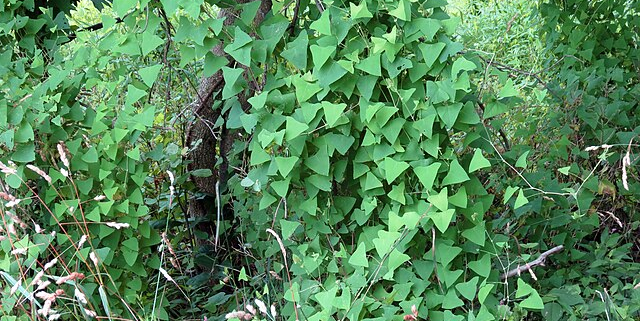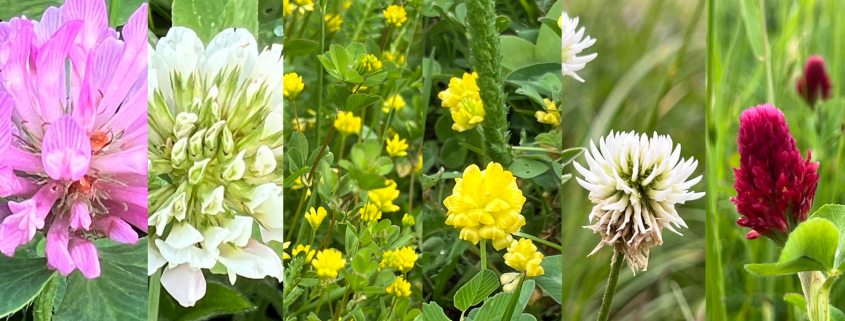Invasive plants in the EU Part 6: Annual herbaceous plants
Union list of invasive species
There are around 12,000 alien species in the EU. A small number of them require special attention as they can endanger the populations of native species.
The EU regulation on the prevention and management of the introduction and spread of invasive alien species is intended to prevent these species from spreading and to enable a rapid response when the first signs of spread appear. The exact species concerned are listed in the “Union list”. Of the 88 invasive species listed, 40 are vascular plants. In this series’ previous articles, we have presented shrubs and trees, aquatic plants, grasses, vines and perennial herbaceous plants; today we are looking at annuals.
Impatiens glandulifera, the Indian balsam
The Indian balsam (Impatiens glandulifera) is widespread in large parts of Europe, where it mainly colonizes moist forests and alluvial and riparian landscapes. The plants can quickly grow to over 2.5 meters tall and form a dense, shallow root network. Due to their large leaves and dense stands, they shade their location so much that no other plants can establish themselves during the course of the year. If the Indian balsam dies back in the fall, the ground is left bare and susceptible to erosion. This is particularly problematic along watercourses. As it is an annual, it is still possible to manage the first colonizations by cutting them low before the seeds mature. Pulling them out is also effective if all parts of the plant are quickly composted. If parts of the shoot remain in the soil, they will quickly take root again.
Parthenium hysterophorus, the Congress weed
Parthenium hysterophorus blooms from March to November. There are already populations in Belgium and Poland, which are currently being controlled. Due to climate change, experts assume that other regions will be potential areas for establishment. Just a few plants produce a large number of seeds, which are dispersed by the wind and remain viable for a long time. Congress weed is considered particularly problematic in pasture and arable land as well as in horticulture, as the species has allelopathic properties – it releases substances into its environment that suppress the growth of other plants. But the species is also harmful to humans: the substances it contains can trigger hay fever and dermatitis.
Documenting the spread
If you identify plants with Flora Incognita and allow access to your location, your find will become part of a scientific data collection that enables our scientists to research the distribution of species in time and space. You can read about our research work here. This data can also be used to plan and implement nature conservation management measures quickly and effectively. Thank you for your help!
Attention! The species on the Union list may not be intentionally introduced into the territory of the EU, kept, bred, traded, used, exchanged, used for reproduction or released into the environment!
Featured image: Indian balsam. (MHNT) Impatiens glandulifera.jpg by Didier Descouens. CC BY-SA 4.0.

 CC BY-SA 4.0
CC BY-SA 4.0 Public Domain
Public Domain CC BY 2.0
CC BY 2.0 CC BY 2.0
CC BY 2.0 CC BY-SA 2.0
CC BY-SA 2.0 CC BY-SA 3.0
CC BY-SA 3.0


